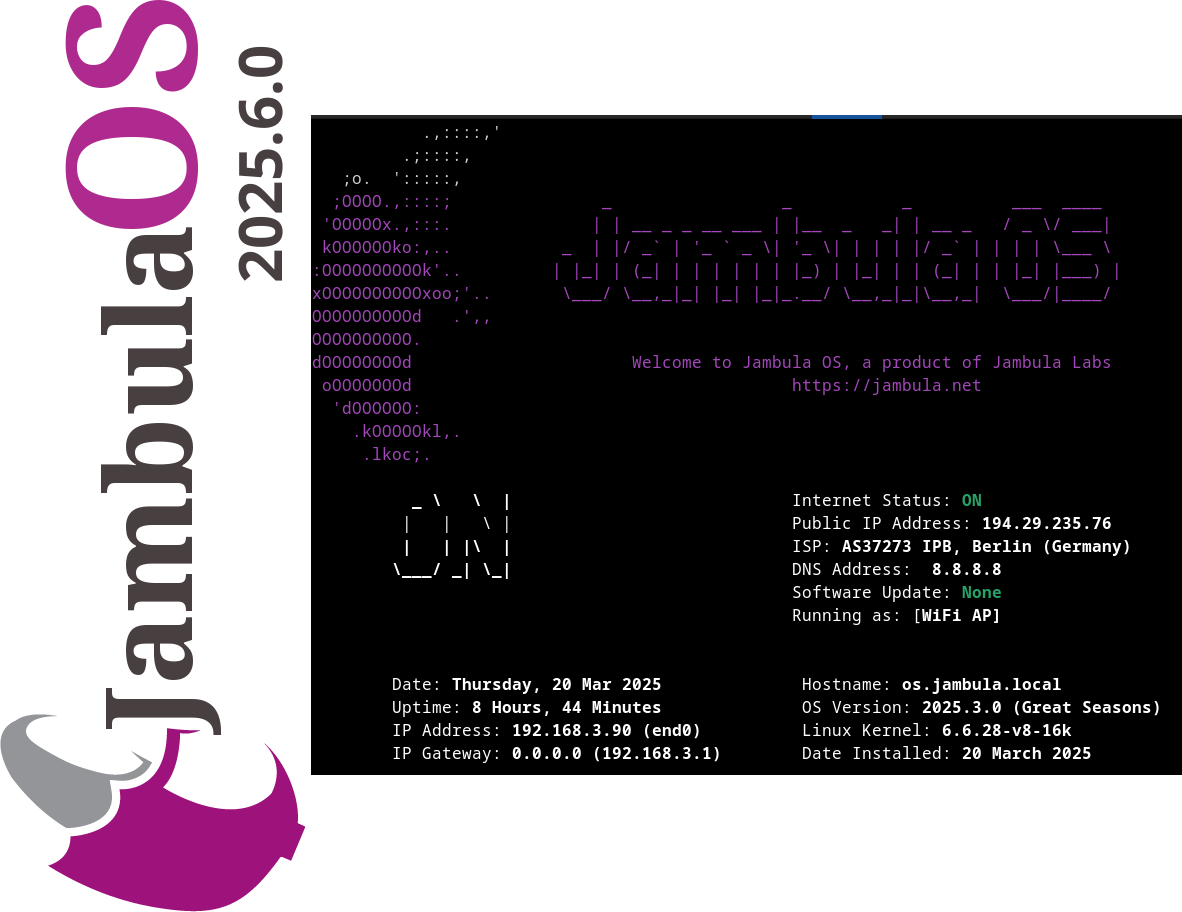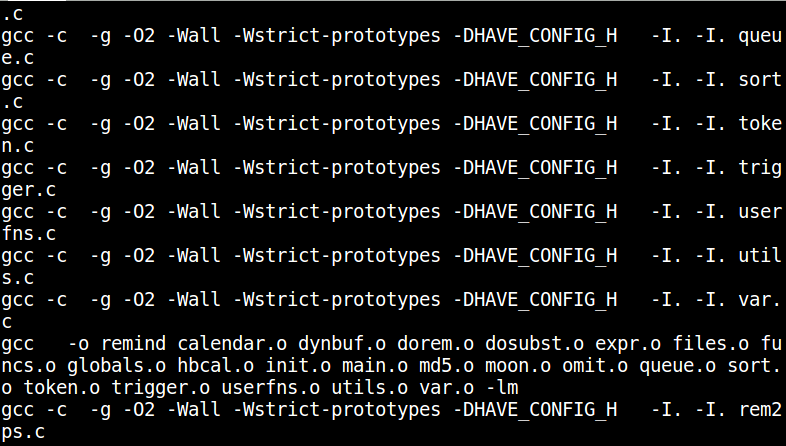Announcing Jambula OS Linux Version 2025.6.0 – Now Available!
I’m excited to share that the latest image of Jambula OS Linux – Version 2025.6.0 is officially live!
This small, maintenance-focused update wraps up important improvements as I look ahead to a week full of fresh open source ideas, conversations, and community engagement.
Why Jambula OS?
Jambula OS is a lightweight, flexible Linux distribution optimized specifically for Raspberry Pi and other low-power, SoC-based edge devices. It’s designed with performance, stability, and adaptability in mind, making it the perfect foundation for embedded systems and automation projects at the edge.
My vision? To make Jambula OS the go-to platform for innovators building smart home and office automation hubs. Ambitious? Absolutely. But innovation thrives on ambition!
What’s next?
With this update complete, I will soon begin preparations for the next major release. Stay tuned for exciting new features and enhancements that will continue to empower developers and creators alike.
Download the latest Jambula OS image here:
https://github.com/zikusooka/Jambula-OS
Exciting times are ahead. Let’s keep building the future together!
Why installing open source packages using sources is cool and how to start today
Until you start installing packages on Linux/UNIX systems using sources, you will always be very dependent on your distribution or vendors to stay up to date.
Installing from sources may not be for everyone, but I recommend it for novice and advanced Linux/UNIX users alike, as it offers tremendous benefits:
- Ability to fine tune the package according to your needs
- You almost always end up with a much faster application
- You get the latest security updates immediately
- You learn a whole lot
So how do you install from sources?
- Download the package from URL upstream
The package may be in several forms: PACKAGE.tar.gz, PACKAGE.tar.bz2, PACKAGE.xz, or clone from a github repository i.e. git clone [URL]
- Unpack the package inside your sources directory e.g. /usr/src:
tar zxvf PACKAGE.tar.gz -C /usr/src
tar jxvf PACKAGE.tar.bz2 -C /usr/src
tar xvf PACKAGE.tar.xz -C /usr/src - IMPORTANT: Read the following two files if available: README (or README.md) and INSTALL. I can not stress how important it is to read the above files. The package
maintainer will usually include notes on how to compile and install the package - Change to source directory of the package
cd /usr/src/PACKAGE-VERSION/ - Compile
./configure - Install
make && make install
Thats it! If all went well especially during the make, you should be able to run your package. Sometimes, the configure command will specify that
a dependency is missing. You will need to install it before you proceed. This is why it is important that you read the README and INSTALL files.


